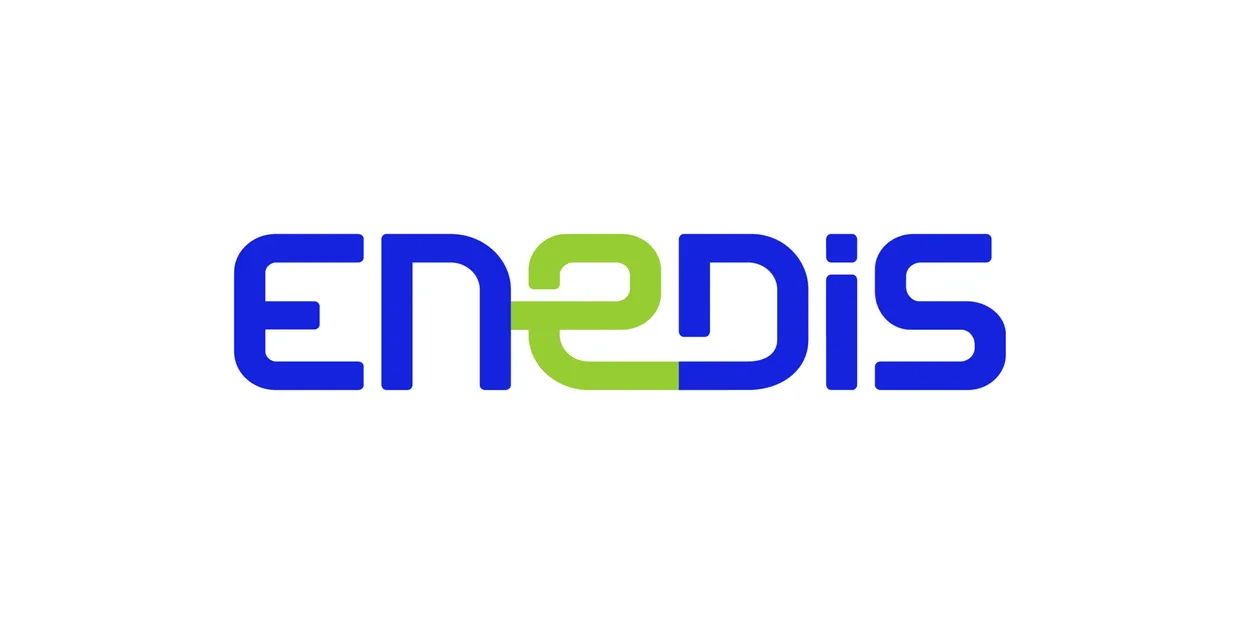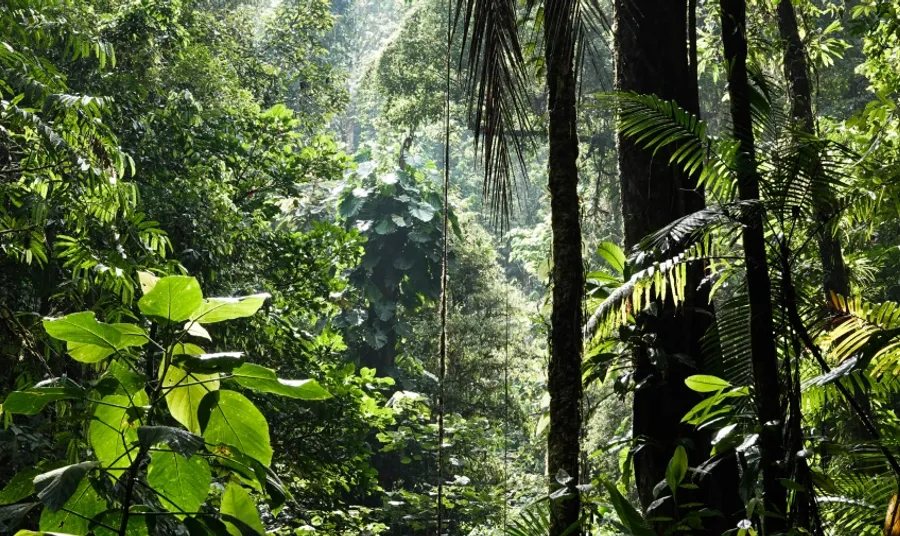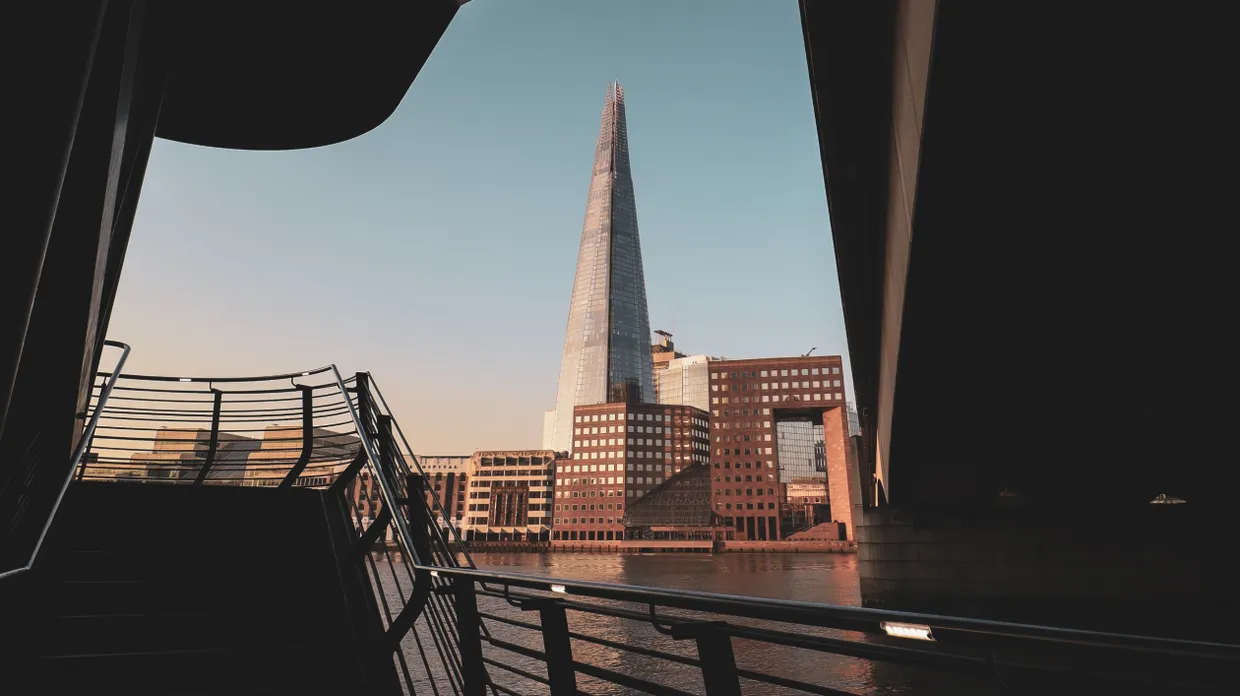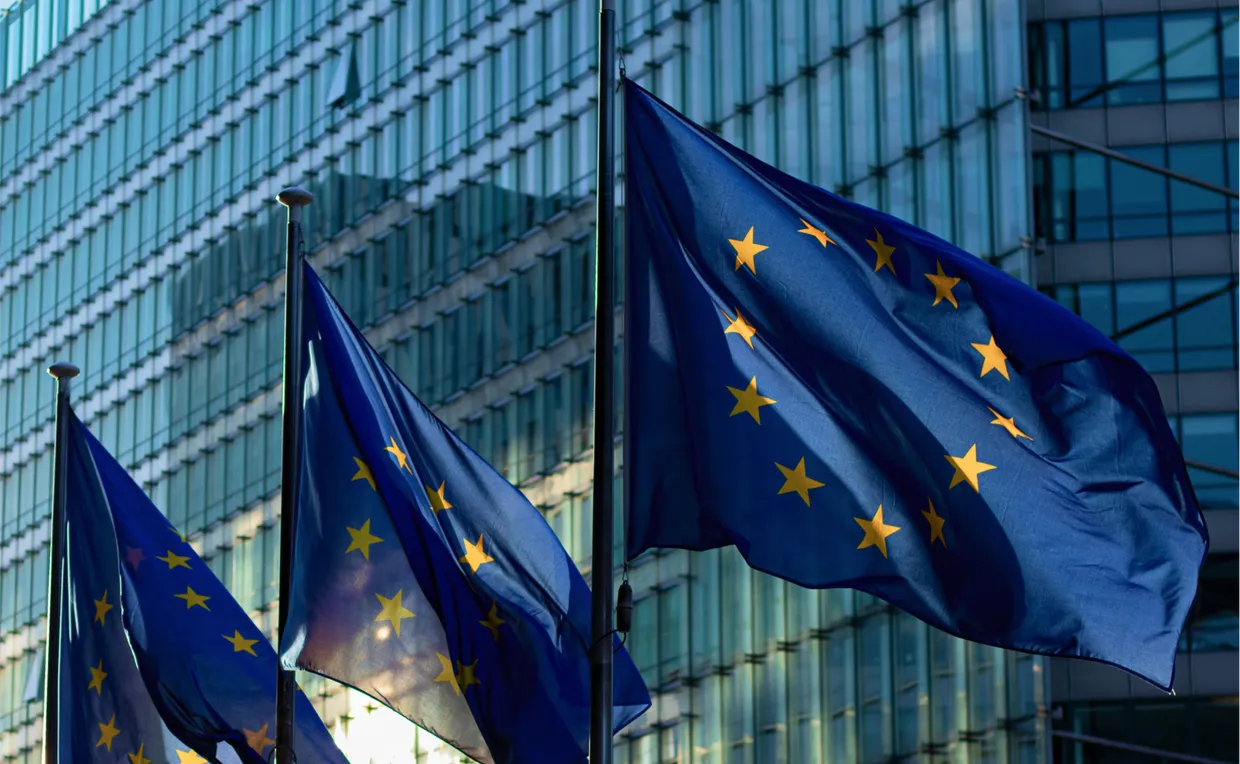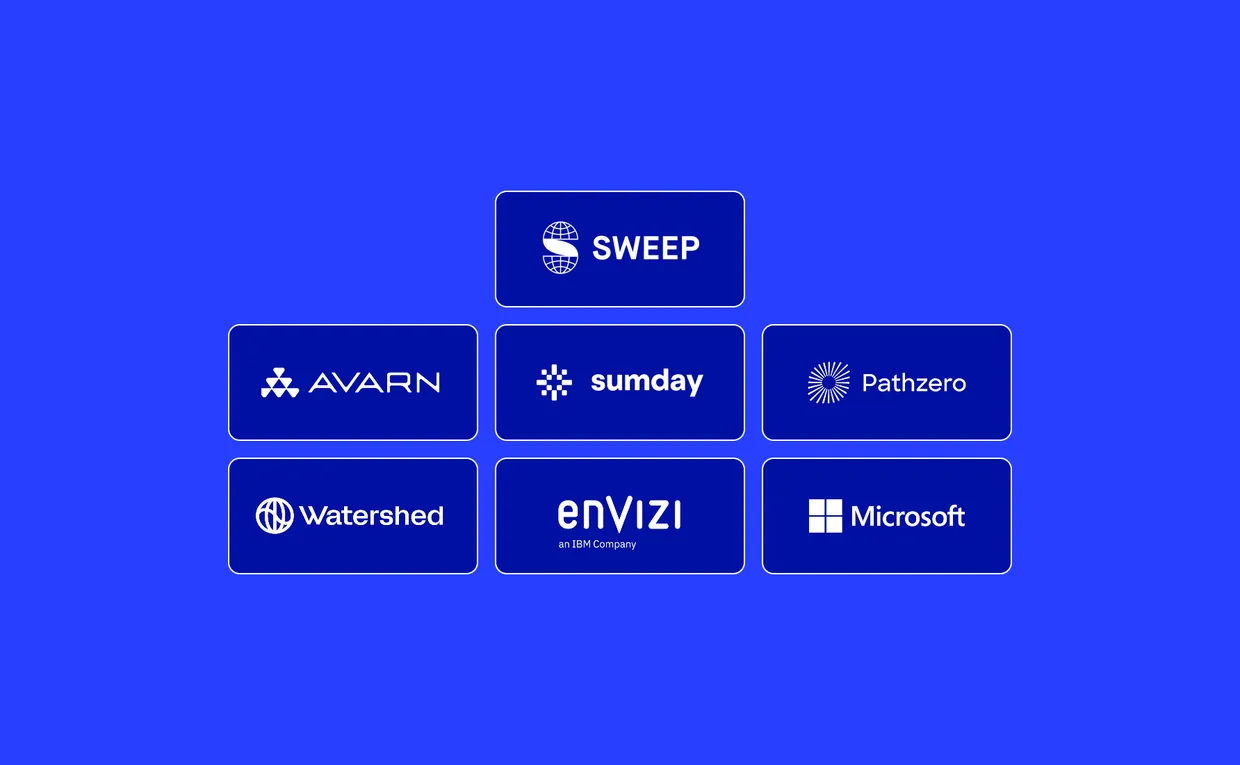Sustainability
is Smart
Business.
Sweep is the top sustainability data platform that helps you manage risk, drive growth and stay compliant.
New Report
Sweep Named a Leader in IDC MarketScape 2025 for Sustainability Management Platforms
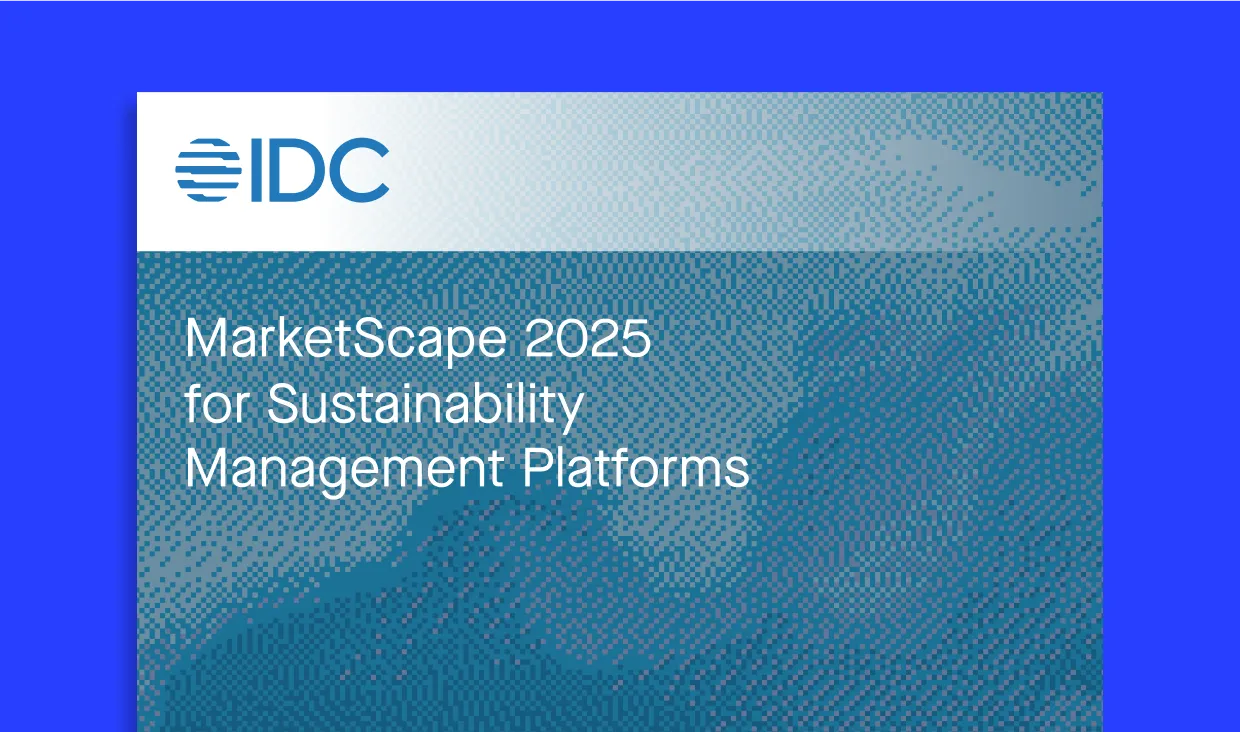
Unlock the value of your sustainability data
How Sweep helps
Upload your ESG data once, use it everywhere
- Centralize carbon and ESG data across your business and value chain
- Use a single dataset across multiple regulatory and voluntary frameworks
- Eliminate errors and silos for faster, smarter decision-making
How Sweep helps
Optimize your value chain for a stronger market position
- Involve suppliers to boost sustainability across your ecosystem
- Collaborate to meet shared goals and reduce risk
- Build operational resilience and improve efficiency at every level
How Sweep helps
Meet reporting requirements to stay ahead
- Stay compliant with regulations like CSRD, SFDR, California Climate Laws, and more
- Report confidently using voluntary frameworks like GRI, CDP, and ISSB
- Easily adapt to business-specific needs and evolving regulations with Sweep’s modular platform
Join the organizations committed to change
Our platform
Streamline sustainability data in one platform
Track
Sweep helps you understand the largest volume of data from across your organization and its value chain.
Disclose
Only Sweep empowers you with the insights to meet disclosure requirements in dynamic business environments.
Act
Sweep enables you to move beyond disclosure and take data-driven action on your sustainability goals.
Built-in compliance
Sweep is built to comply with leading international ESG standards and regulations.

Who we work with
Software built for organizations like yours
Tailored solutions for every industry
Success stories
Businesses taking action with Sweep
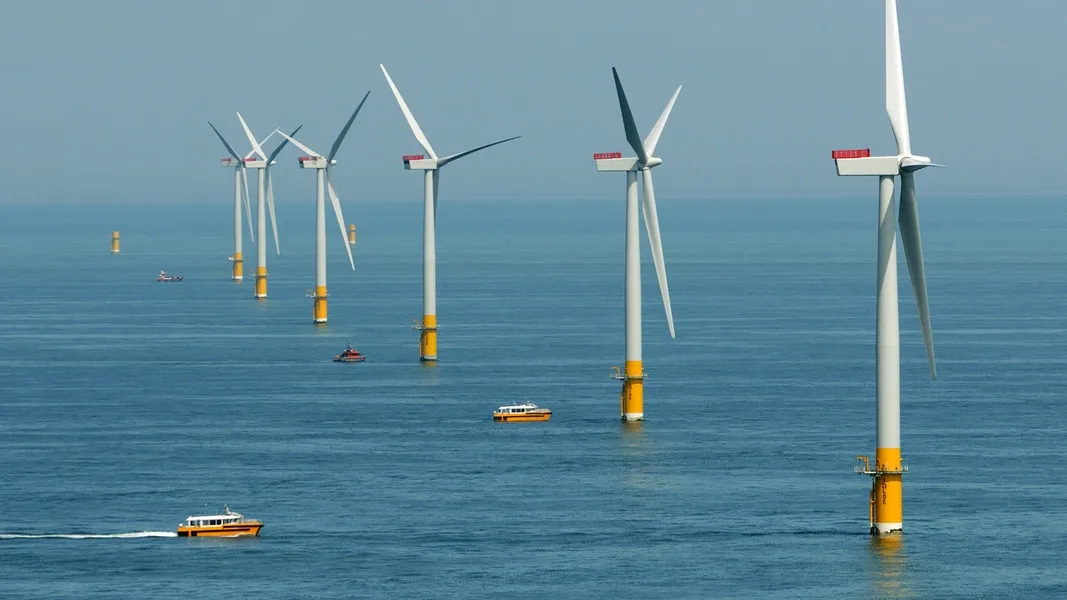
Swisscom takes control of its sustainability data using Sweep's automated data collection and collaborative features
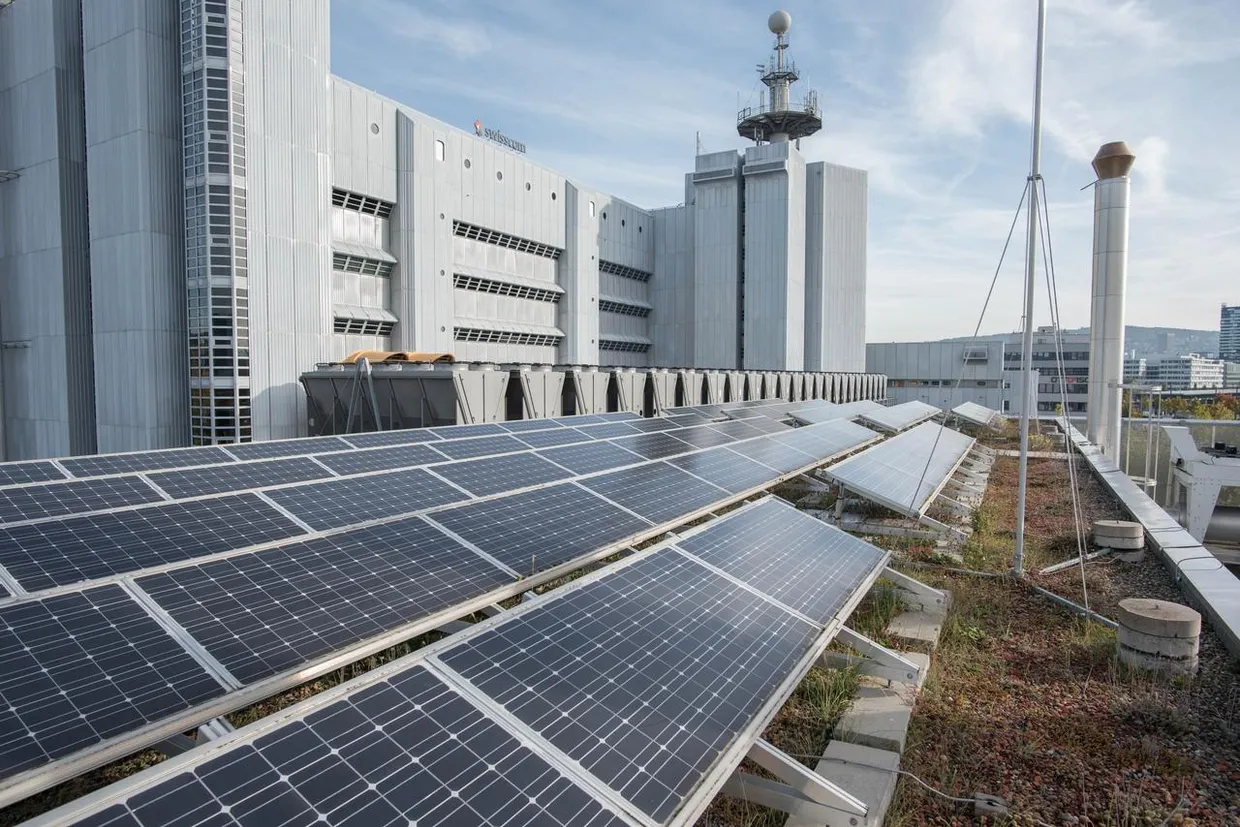

MV Credit provides clear carbon reporting to its investors with Sweep
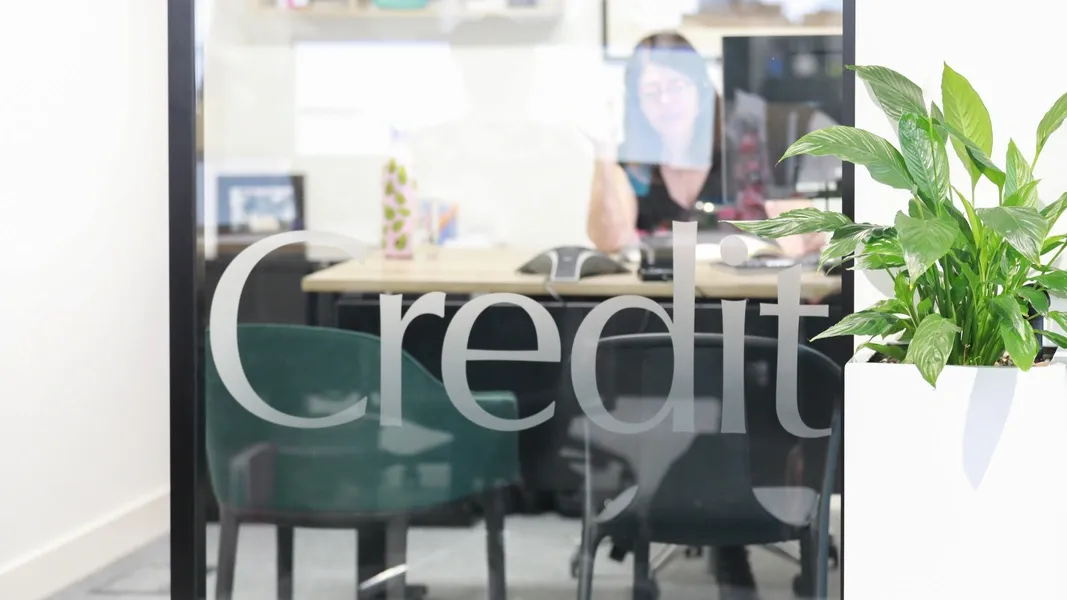
Find out more
Learn from our global experts
Stronger together
We partner with industry leaders





